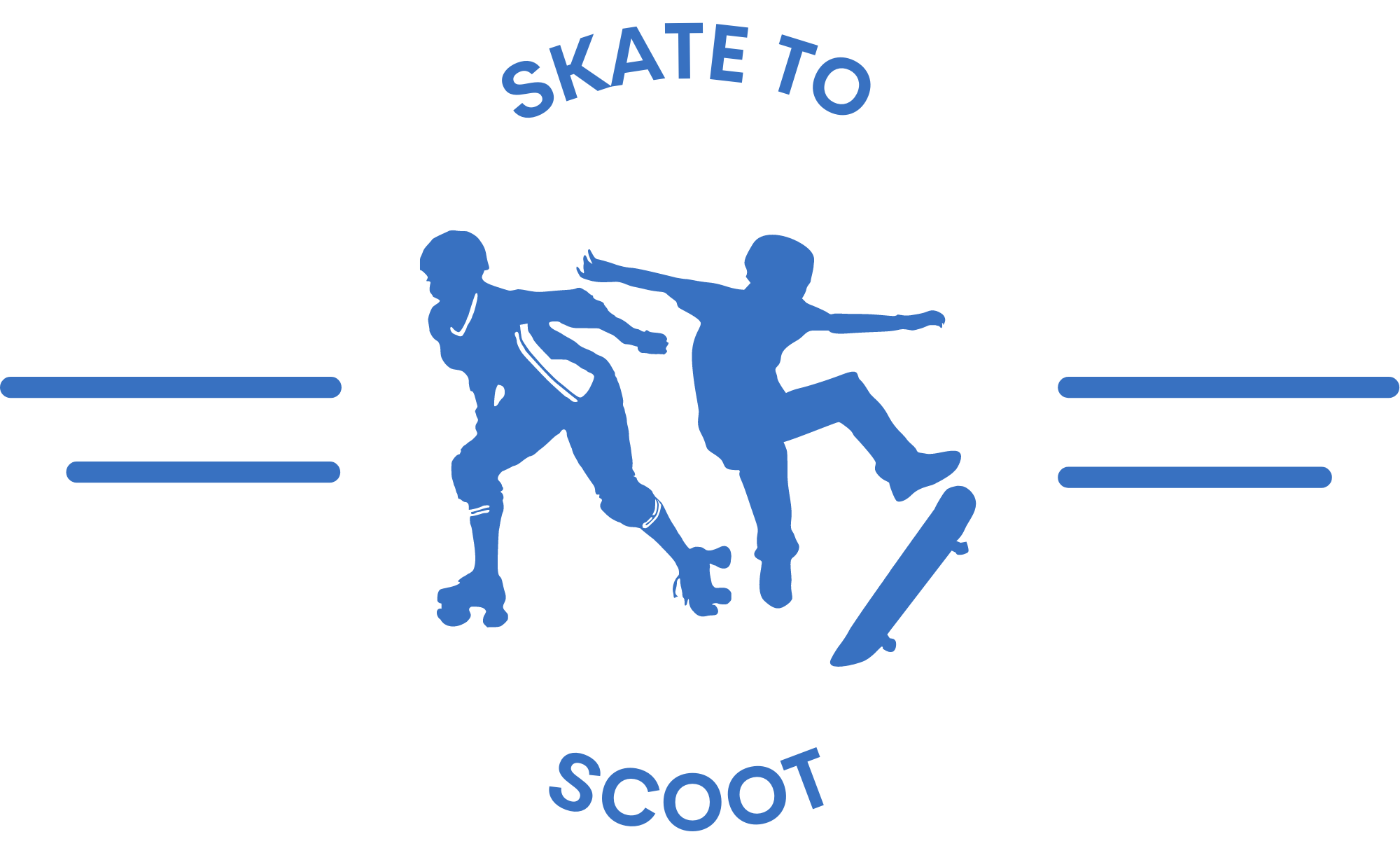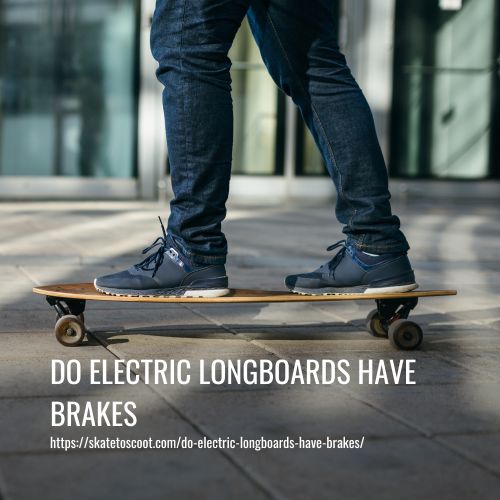As an Amazon Associate we earn from qualifying purchases.
Riding a longboard on the street can be an exhilarating and practical mode of transportation. Whether cruising through bike lanes or navigating city streets, longboards offer a smoother ride compared to traditional skateboards. With their softer wheels and larger size, longboards are designed to handle various terrains, from smooth surfaces to rougher ones.
While it is enjoyable to ride in traffic or on public roads, it is important to follow traffic rules and signals for your safety and the safety of others. Additionally, wearing proper safety gear, such as helmets and reflective gear, is crucial to reducing the risk of injury while riding on the street.

Benefits of Longboarding on the Street
Longboarding on the street offers various advantages for both urban commuters and thrill-seekers. It provides an efficient mode of transportation and an exhilarating way to explore the surroundings. Here are some key benefits of longboarding on the street:
- Speed and Efficiency: Longboards are designed for swift movement, allowing riders to effortlessly glide through the urban landscape. By bypassing traffic congestion, longboarders can reach their destinations in record time.
- Maneuverability: With their wider deck and larger wheels, longboards offer enhanced stability and control. This allows riders to navigate tight turns, dodge obstacles, and weave through crowded streets with confidence.
- Wheels: Longboards have softer and larger wheels that absorb vibrations and bumps from the road surface, resulting in a more comfortable and enjoyable riding experience, particularly on rough or uneven terrain. The stability of longboards promotes a steady and balanced ride, allowing riders to maintain control even in challenging street conditions.
- Versatility: Longboards are adaptable to a wide range of street terrains. Whether you’re cruising on smooth asphalt, conquering hilly inclines, or carving through winding paths, longboards can handle it all. This versatility opens up a world of possibilities for exploration and adventure.
Safety Considerations
When riding a longboard on the street, it is important to prioritize safety and take necessary precautions to ensure a smooth and enjoyable ride. Here are some key safety considerations to keep in mind:
- Protective Gear: Wearing proper safety gear such as a helmet, knee pads, elbow pads, and wrist guards is essential to protect yourself from potential injuries. These protective equipment can help minimize the risk of serious accidents and provide added confidence while riding.
- Observe Traffic Rules: Longboard riders should adhere to traffic laws and regulations, treating the street as any other mode of transportation. This includes obeying traffic signals, yielding to pedestrians, and using designated bike lanes when available.
- Riding Style: Adopting a responsible riding style is crucial to ensure the safety of both the rider and others around them. Be mindful of your speed, especially in areas with heavy traffic, and maintain control of your longboard at all times.
- Road Conditions: Take note of the road surface and its conditions to make sure you have appropriate wheels for optimal grip and maneuverability. Avoid rough or uneven surfaces if possible to minimize the risk of accidents.
- Awareness: Stay alert and constantly scan your surroundings to anticipate potential hazards. Be mindful of parked cars, pedestrians, and other vehicles on the street to avoid collisions.
1. Importance of Safety Gear for Longboarding on the Street
Longboarding on the street can be an exhilarating experience, but it’s crucial to prioritize safety. Wearing proper safety gear is non-negotiable when engaging in this mode of transportation. It serves as your shield against potential injuries and safeguards your well-being. Here are some key safety gear items that are essential for street longboarding:
- A helmet is essential for protecting your head. Look for a helmet that is specifically designed for skateboarding or longboarding, ensuring a secure fit and effective impact absorption.
- Knee pads are recommended for protection during falls or collisions, with adequate padding and secure fastening straps.
- Elbow pads are designed to provide cushioning and support, which can help minimize the risk of fractures or abrasions in the event of accidents. It is recommended to look for elbow pads that are durable, flexible, and offer a comfortable fit.
- Wrist guards offer support and stability to protect your hands and wrists from potential injuries while navigating the streets, reducing the risk of sprains or fractures.
2. Importance of Wearing Appropriate Footwear
Selecting the right footwear is often overlooked but plays a significant role in longboarding safety. When riding on the street, it is crucial to wear appropriate shoes that provide a firm grip and sturdy soles. Opt for closed-toe shoes such as skate shoes or sneakers designed for skateboarding. These shoes offer excellent traction, allowing you to maintain control of the board, especially when cruising at higher speeds or navigating through turns.
Closed-toe shoes also provide protection for your feet in case of impacts or accidents. They help to minimize the risk of foot injuries or abrasions that may result from contact with rough surfaces, debris, or the longboard itself.
On the other hand, sandals or flip-flops should be avoided as they compromise stability and expose your feet to potential hazards. They lack the necessary grip and support needed for safe longboarding on the street.
3. Awareness of Traffic Rules and Regulations
To stay safe while longboarding on the street, it is important to follow traffic rules and regulations. Treat yourself as if you were a vehicle and abide by the same traffic laws that apply to cyclists and motorists. This includes obeying traffic signals, yielding to pedestrians, and using hand signals. It is also crucial to anticipate the actions of others and ride defensively.
To increase visibility, wear bright or reflective clothing, especially in low light. Add lights or reflectors to your longboard for better visibility. By prioritizing safety, you can reduce the risk of accidents and injuries while street longboarding. Gear up, stay alert, and enjoy the thrill while staying protected.
Street Riding Tips and Etiquette
When participating in street riding on a longboard, it is important to follow certain tips and etiquette to ensure a safe and enjoyable experience for yourself and others. Here are some important guidelines to consider.
1. Choose Suitable Street Locations for Riding:
- Look for areas with smooth pavement, minimal cracks, and obstacles to ensure a smoother ride.
- Consider exploring neighborhoods or business districts with low traffic volume and wide streets for plenty of space.
2. Avoid High-Traffic Areas and Crowded Sidewalks:
- To minimize the risk of accidents and collisions, it is recommended to steer clear of heavily congested roads and sidewalks.
- To demonstrate respect for pedestrians, it is advised to steer clear of congested areas and yield to them when necessary.
3. Be Respectful to Pedestrians and Other Vehicles:
- Drivers are expected to give right of way to pedestrians at crosswalks and busy intersections, prioritizing their safety and showing courtesy.
- Maintain a safe distance from vehicles, allowing them adequate space to maneuver.
4. Yield to Pedestrians When Necessary:
- When interacting with pedestrians, it is advised to decrease your speed and utilize audible signals, such as verbal alerts or bell rings, to notify them of your presence. It is important to provide pedestrians with sufficient space, particularly when passing by or overtaking them.
5. Ride in Designated Skate Parks or Skate Spots:
- When engaging in skateboarding and longboarding activities, it is advisable to utilize skate parks or designated skate spots, as these areas are specifically designated for such purposes.
Choosing the Right Longboard for Street Riding
Selecting the appropriate longboard is crucial for a seamless and enjoyable street riding experience. Several factors should be taken into account when choosing a longboard for this purpose.
Firstly, look for a board with softer wheels, as they provide a smoother ride on rough surfaces. Additionally, consider a board with larger wheels, as they will handle uneven terrain better. The shape and size of the longboard also play a role, with cruiser-style boards being popular choices for street riding due to their versatility and stability.
1. Ideal Characteristics for Street Riding
Ideal Characteristics for Street Riding:
1. Length, Width, and Wheelbase Considerations:
- A medium-sized longboard ranging from 32 to 40 inches provides a balance between stability and maneuverability.
- The width of 8 to 10 inches provides sufficient foot space and stability. The wheelbase, which is the distance between the trucks, impacts the turning radius of the board. A shorter wheelbase allows for tighter turns, while a longer wheelbase offers greater stability at higher speeds.
2. Suitable Wheel Durometer and Diameter:
- Wheels with durometer ratings between 78A and 87A are commonly used for street riding. Softer wheels provide better grip and a smoother ride on rough surfaces.
- Wheels with diameters of 55mm to 65mm are suitable for street riding. Smaller wheels offer quicker acceleration and enhanced maneuverability.
3. Type of Trucks and Their Impact on Street Performance:
- When it comes to street riding, trucks with medium to high responsiveness are commonly preferred. The choice between traditional kingpin (TKP) and reverse kingpin (RK) trucks is based on personal preference.
- TKP trucks and RKP trucks have different characteristics. TKP trucks offer a tighter turning radius, similar to a skateboard, while RKP trucks provide stability and are better suited for higher speeds and downhill riding.
2. Maximum Speed Limit
When riding a longboard on the street, it is essential to adhere to the maximum speed limit to ensure safety and comply with traffic laws. The maximum speed limit for longboard riders may vary depending on the location, and it is important to be aware of the specific limits in your area.
In many cities, the speed limit for longboard riders is commonly set at 20 miles per hour (32 kilometers per hour). This speed allows for a moderate pace that is safe for both the rider and other road users. It is crucial to remember that speed limits are in place to prevent accidents and maintain a smooth flow of traffic.
Some areas may have lower maximum speed limits, particularly in places with heavy pedestrian traffic or residential neighborhoods. For example, in school zones or areas with playgrounds, the speed limit for longboard riders can be reduced to 15 miles per hour (24 kilometers per hour).
3. Respect for Public Property and Private Property
Respecting public and private property is paramount when riding a longboard. While longboarding can be a fun and convenient mode of transportation, it is crucial to be aware of and adhere to the rules and regulations governing the use of public and private spaces.
In many cities, skateboarding is prohibited in certain public areas, such as parks, sidewalks, and bike lanes. These rules are put in place to ensure the safety and well-being of pedestrians and other road users. It is important to familiarize yourself with local regulations and restrictions before taking your longboard out on the streets.
Similarly, trespassing on private property with your longboard can lead to liability issues. Riding without permission on private property is not only disrespectful, but it can also result in damage to property or injury to yourself or others. Always seek proper authorization before skateboarding on private land to avoid any legal consequences.
FAQs
Yes, it is legal to ride a longboard on the street in most areas. However, it is important to check local regulations and be aware of any specific rules or restrictions.
In many places, riding a longboard on the sidewalk is allowed, but it is important to be mindful of pedestrians and give them the right of way. Some areas may have restrictions on sidewalk riding, so it is best to check local laws.
It is strongly recommended to wear safety gear such as a helmet, knee pads, and elbow pads while riding a longboard on the street. This can help prevent injuries in the event of a fall or collision.
When riding a longboard on the street, it is important to be aware of traffic, use hand signals to indicate turns, and obey all traffic laws. It is also important to have good control of the board and be able to stop quickly if needed.
In many places, longboards are allowed in bike lanes. However, it is important to check local regulations and be considerate of cyclists.
Some safety tips for longboarding on the street include staying visible to motorists, avoiding distractions while riding, and being mindful of road conditions such as potholes or debris.
Conclusion:
The answer is a resounding YES! Riding a longboard on the street is not only possible, but it’s also a thrilling and enjoyable way to get around. So grab your board, hit the pavement, and let the wind whip through your hair as you cruise through the streets with style and confidence.
Longboarding is not just a sport, it’s a lifestyle. Embrace the freedom, the adrenaline, and the pure joy of riding, and you’ll never look back!
Amazon and the Amazon logo are trademarks of Amazon.com, Inc, or its affiliates.


